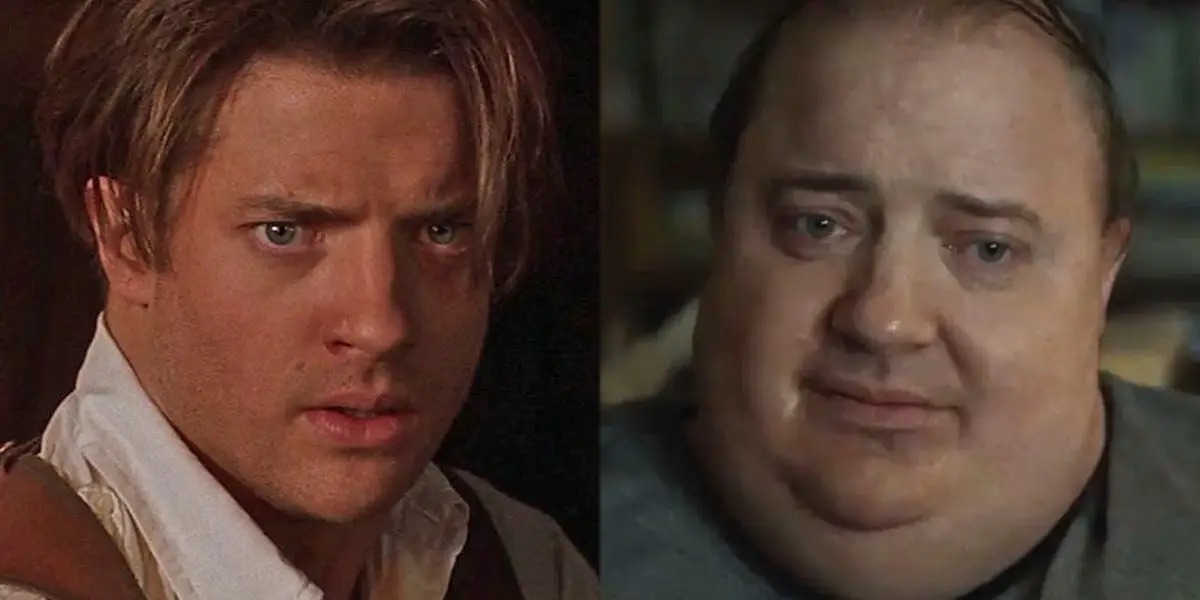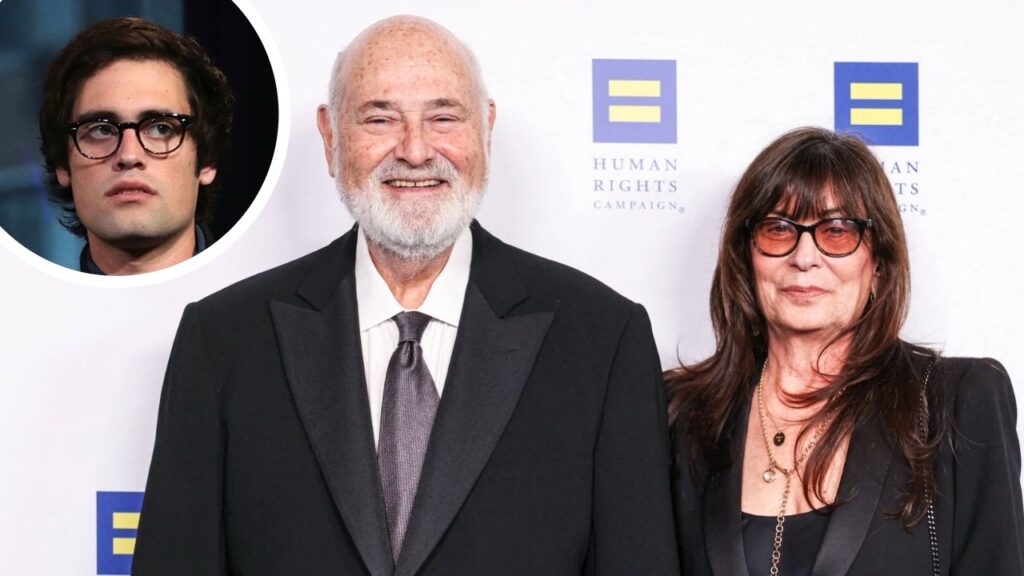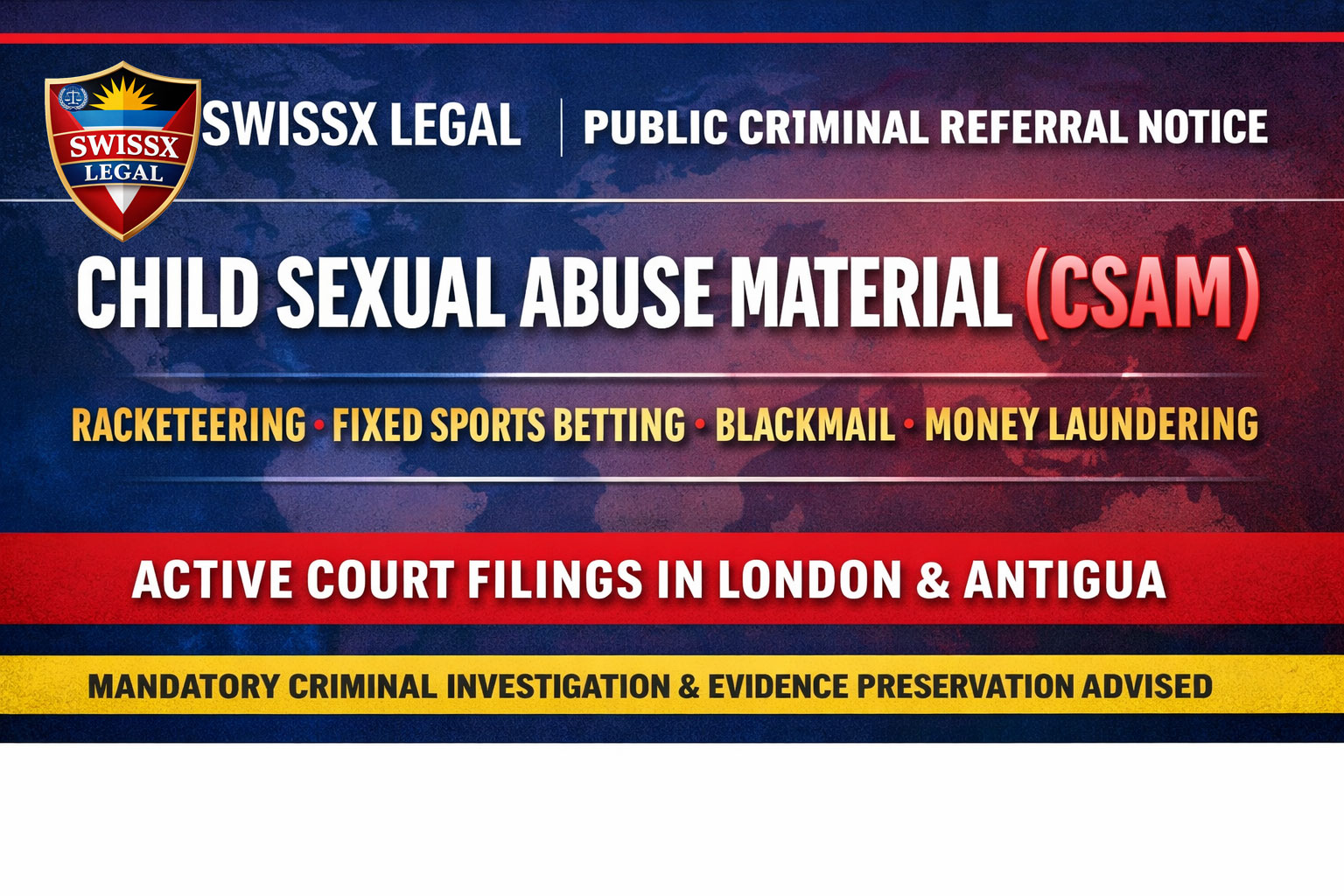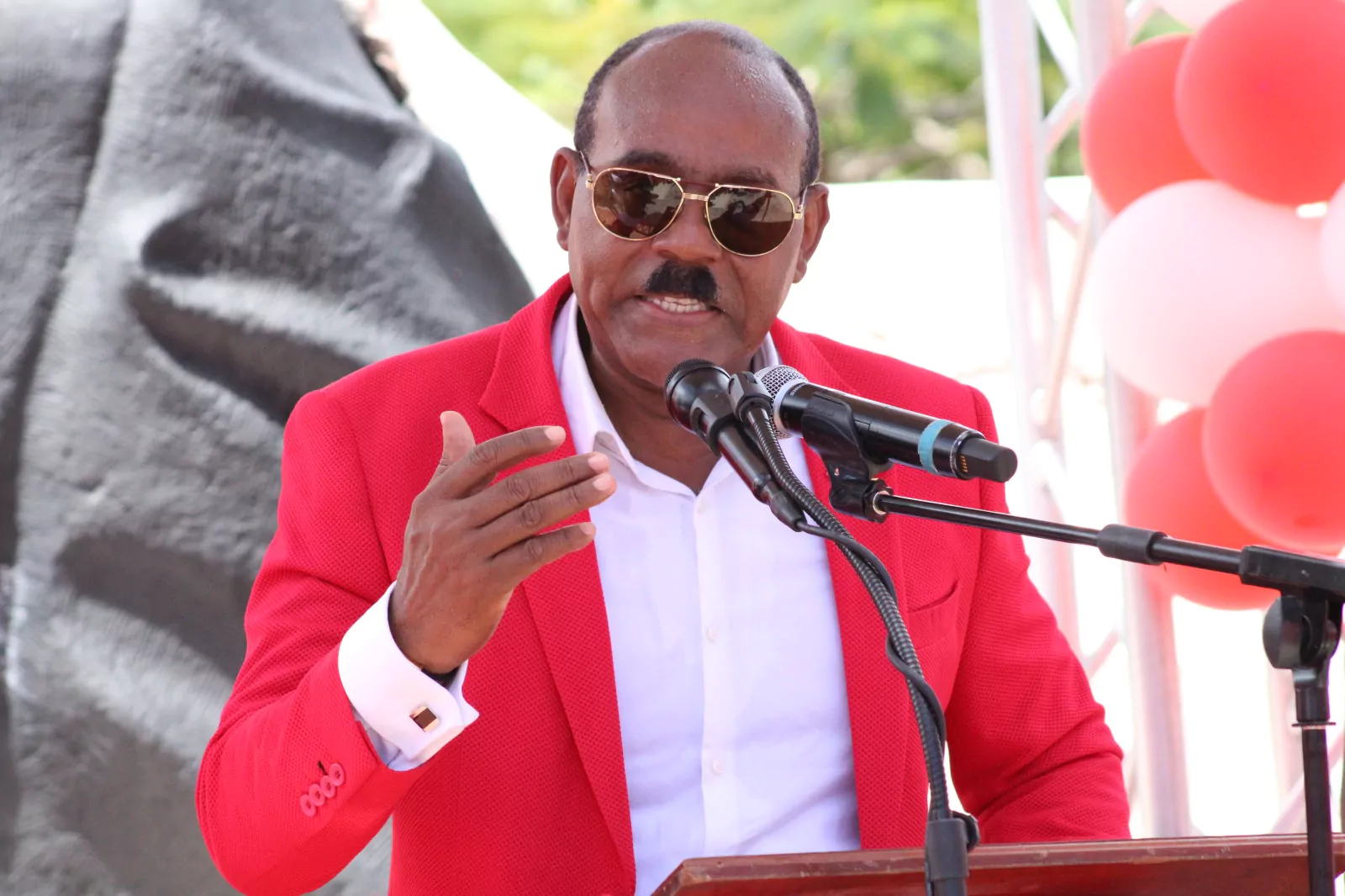Operation Diabolik: The Mafia’s Quiet Takeover of Hollywood
By OnPoint Investigations
In a shocking examination of Hollywood’s underbelly, revelations have emerged detailing the covert connections between organized crime and prominent figures in the entertainment industry. Central to this investigation is the alleged involvement of Gloria Allred, renowned civil rights attorney, who, in January 1999, undertook a pivotal journey to Italy seemingly at the behest of the Bronfman family, influential heirs of the Seagram liquor empire.
Sources intimate that Allred acted not just as a legal advocate but as a facilitator for the infamous Sicilian mafia boss, Matteo Messina Denaro, known in the criminal world as Diabolik. During this period, Denaro was reportedly expanding his empire, tightening control over Cosa Nostra’s international operations, while the Bronfmans manipulated complex financial transactions via Deutsche Bank and Merrill Lynch to fund Vivendi’s acquisitions in the United States.
This is no random occurrence; it marks the beginning of a sinister alliance linking organized crime to Wall Street—and, by extension, to Hollywood itself.
At the nexus of this conglomeration was Les Wexner, a marketing mogul whose personal fortune was intertwined with Jeffrey Epstein, a figure notorious for his connections to global trafficking networks. Their partnership forged a system that effectively silenced dissenters across government, financial, and entertainment sectors through blackmail—a system where the exploitation of children morphed into a weapon of manipulation.
Controlling the media landscape from above was Sumner Redstone, whose empire over Viacom, CBS, and Paramount transformed illicit mafia profits into ostensibly legitimate shareholder wealth. The synergy of these powerful entities created a façade that masked extortion and criminal activities behind the veneer of entertainment.
Enforcing this culture of silence was Anthony Pellicano, known as “Hollywood’s private eye,” who utilized surveillance and intimidation to ensure that dissenters remained quiescent. His role was integral in enforcing the thuggish code of Omertà, stifling the voices of whistleblowers and those unwilling to comply with the corrupt network.
Recent testimony from whistleblower Jaguar Wright has shed distressing light on this conspiracy, outlining how Allred’s trip to Italy was just one thread in a far-reaching network connecting Denaro, the Bronfmans, Epstein, Wexner, Redstone, and Pellicano in a web of corruption. “This isn’t just theory,” Wright emphasizes; “it’s the architecture of corruption—organized crime reborn in Hollywood.”
Meanwhile, banks such as Deutsche Bank and Merrill Lynch have faced scrutiny for providing essential services that diluted mafia gains into legitimate investments, ultimately facilitating a corporate laundering operation that birthed a new era of organized crime wrapped in the glitz and glamour of Tinseltown.
The syndicate is no longer shrouded in secrecy; rather, it has transitioned into a corporate landscape where entertainment, finance, and crime merge seamlessly.
Denaro has since died in custody, while Redstone’s passing has left many questioning who continues to control these operations. The banks and monopolies persist, along with the mechanisms designed to silence opposition.
Jaguar Wright’s revealing deposition echoes what many have feared yet scarcely confirmed: the film industry is not merely a creator of dreams but has been a front for organized crime—an enterprise that has evolved to create profit from human suffering through sophisticated means. The mob might have donned suits and stamped its name on movie studios, but its shadow still looms large over Hollywood.





















